New client wins

We’re excited to announce our new client wins. Over the past few months we’ve won pitches for some …

As the world begins to open up again and we venture back into our cities and towns, we’ll find a landscape that has been forever altered by the impact of the pandemic.
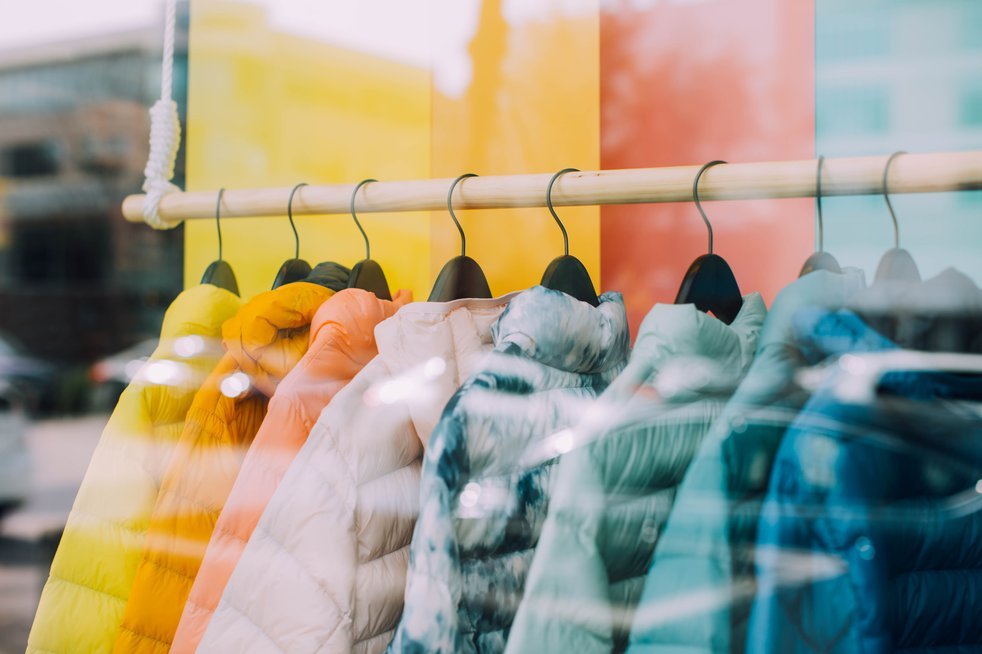
The retail sector has been hit particularly hard by the arrival of Covid-19 and the resulting closures and restrictions that were put in place. With consumers confined to their homes, footfall to bricks-and-mortar stores plummeted and shoppers turned online, some perhaps for the very first time. Financial uncertainty and a greater understanding of our impact on the environment has also altered our spending habits. Consumers are keen to find better value for money and there is a greater need to invest in more sustainable, longer lasting options.
Despite lockdowns easing and the majority of businesses reopening, many consumers are still choosing to stay at home. The home continues to be the central hub of our activities, whether that’s socialising, relaxing, or even working, as many workplaces opt to make remote work a permanent option. It’s no surprise then that many of our changes in habits are set to stick around, especially when it comes to shopping.
Businesses will need to continue to adapt to this fast changing face of retail if they are to grow and succeed in the post-pandemic world. Below we take a look at some of the biggest drivers of change that we expect to see in the coming years.
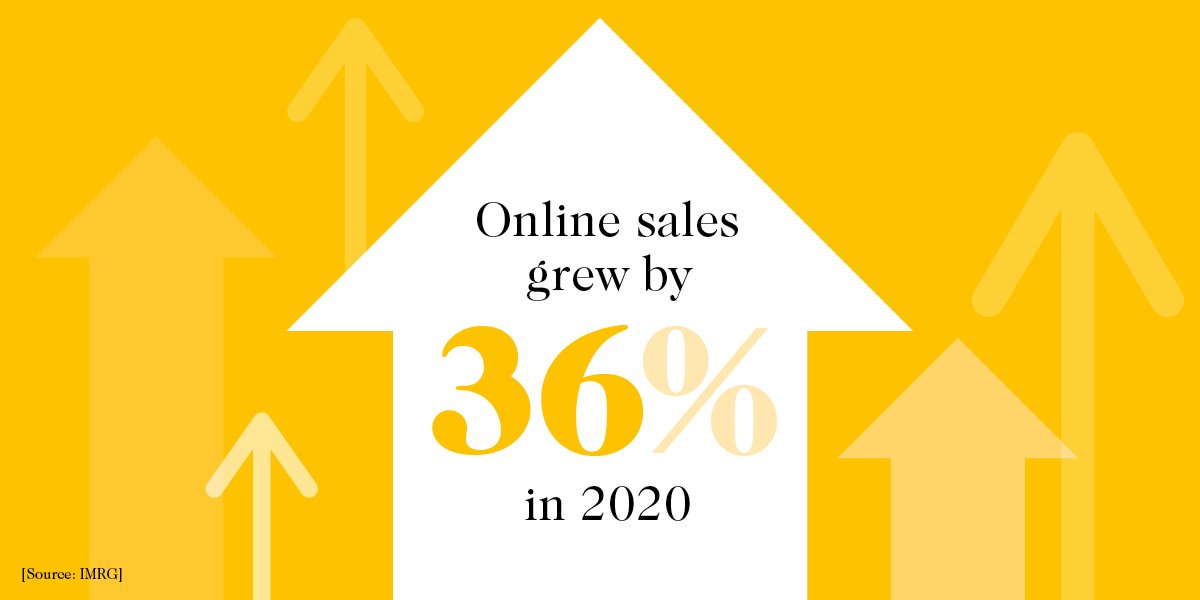
With people forced to stay at home throughout on-off lockdowns and the closures of non-essential retail stores, the pandemic has driven a dramatic shift towards online shopping.
In 2020, online sales grew by 36% according to a report by IMRG, making it the highest growth the sector has seen in 13 years. And for consumers, after spending more than a year shopping this way, it seems this behaviour has stuck. A report from Retail Week noted that 28% of shoppers surveyed said they would be spending more online this year than they did pre-Covid.
For a number of our older generation, this will also have been their first real experience with online shopping. With no alternative options to purchase the things they want and need, they have been forced to get to grips with the world of e-commerce. Now over a year in, many are much more comfortable with the process, and have learnt the skills needed to feel confident shopping online. With the many benefits, and added convenience for older shoppers, it’s hard to imagine they wouldn’t continue to shop this way. This seems especially true of supermarkets, with Waitrose finding that its regular online shoppers over the age of 55 has trebled this year, and 40% of all respondents said they would continue to shop for groceries online more than they did before the outbreak.
With more of us than ever before switching to online shopping, it’s crucial that retailers evolve their marketing and fulfilment strategies to stay ahead of the curve. In the digital world, customer service and convenience are king, and this can be the difference between businesses who are performing well and those who are falling behind. Investment in digital channels will be key, as will supply chain agility and the processes needed to enable the rapid fulfilment of online orders.
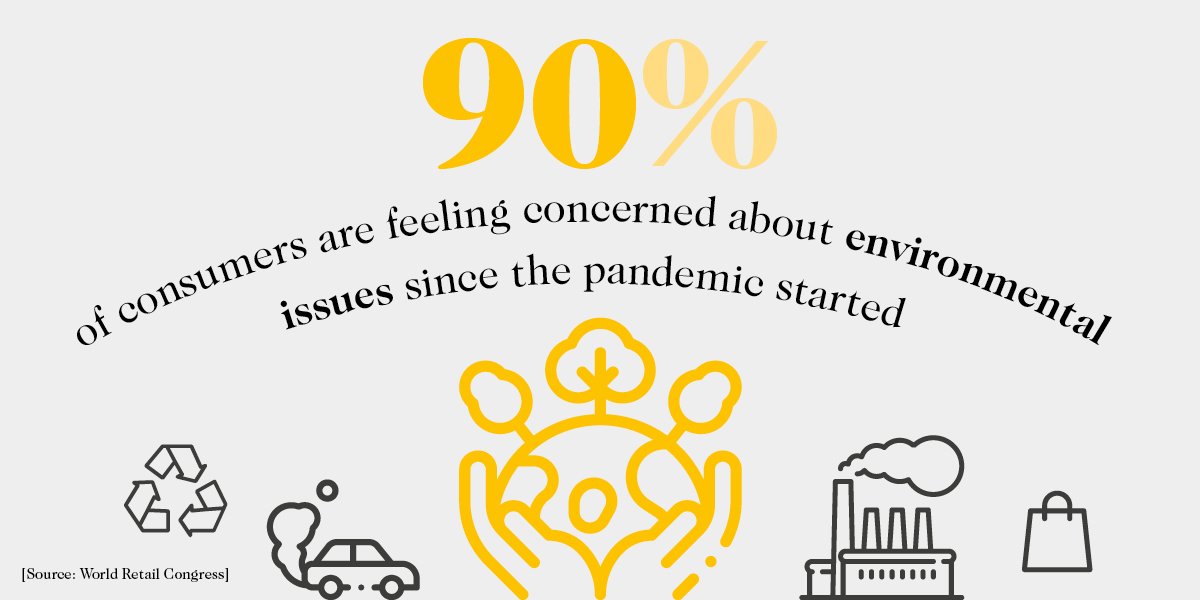
For many of us, the pandemic has helped to shine a spotlight on wider eco-issues and provided the time to reflect on our personal impact on the environment. This shift in consumer attitudes has helped to further drive the sustainability agenda forward, and has fostered a strong desire amongst shoppers to consume more ethically.
A report by Retail World Congress found that 90% of respondents were equally or more concerned about environmental issues than they were before the Covid-19 outbreak. Almost 95% of these people also believed their personal actions could help tackle climate change, with 27-30% stating this belief had strengthened during the pandemic. This desire to help change the world for the better can also been seen with fast growing movements such as Black Lives Matter, and the backlash against modern slavery in the fashion industry.
Shoppers are increasingly acknowledging the power their personal impact carries, and with that comes a great feeling of responsibility to make the right choices, both for ourselves and the environment. Pollution, food waste, unethical working conditions, plastics and the impact of fast fashion are all now mainstream concerns, and shoppers are using their buying power to make a stand. Conscious consumers are doing their own research, and are seeking out brands that share their values of sustainability and ethical business practices.
Brands would be wise to take careful note of this growing shift in attitudes, and start to plan how they can become more ethical and sustainable, if they aren’t already. Trends towards sustainability will only continue to grow as we all become ever more aware of the challenges the environment is facing.
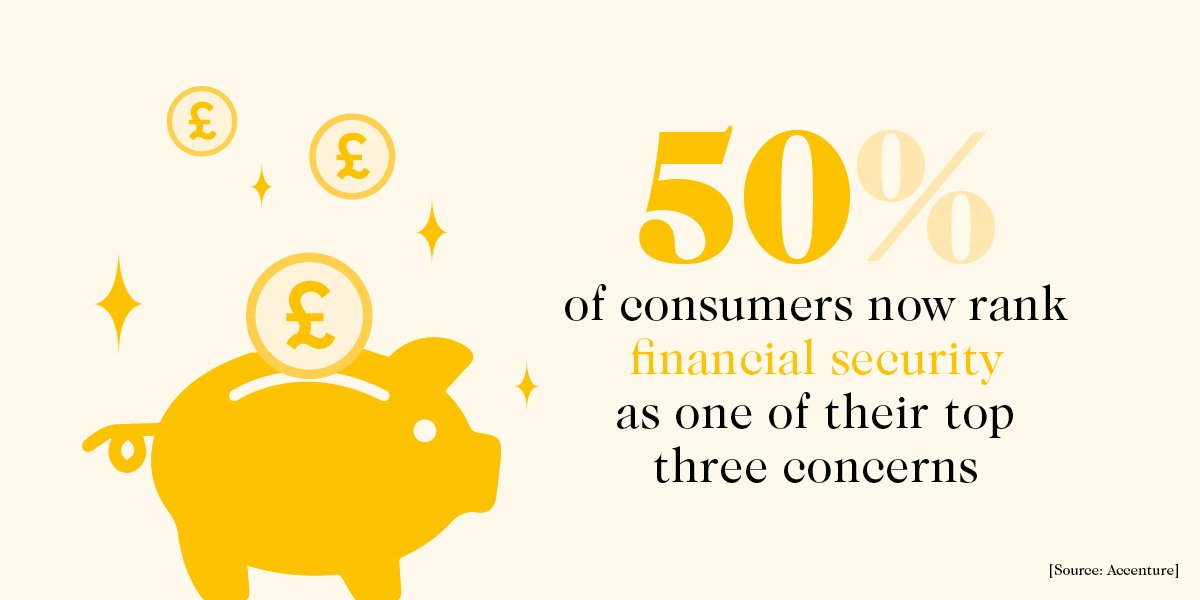
The coronavirus crisis has had a profound impact on the global economy, and with that brings a lot of personal uncertainty for us as individuals. According to a recent report by Accenture, 50% of consumers now rank financial security as one of their top three concerns, a rise of 36% since March 2020.
As we’ve seen in the past with other economic downturns, this creates a demand for higher quality and better value for money across many key retail sectors. We’re already seeing the effects of this when it comes to essential purchases, with private-label goods at grocers and pharmacies increasing during the pandemic. Recent promotional strategies and pricing for both essential and non-essential goods are also clearly focused on emphasising value.
With the uncertainty of the current situation continuing, and many people feeling the pinch when it comes to their finances, it’s expected that we’ll see the effects of this change in thinking for some time yet. For brands this provides the perfect opportunity to highlight the value of their products, and to showcase the benefits they can provide. By putting value front and centre when it comes to their sales and marketing material, retailers can encourage buyers to feel their purchases are worthwhile and a good investment for their money.
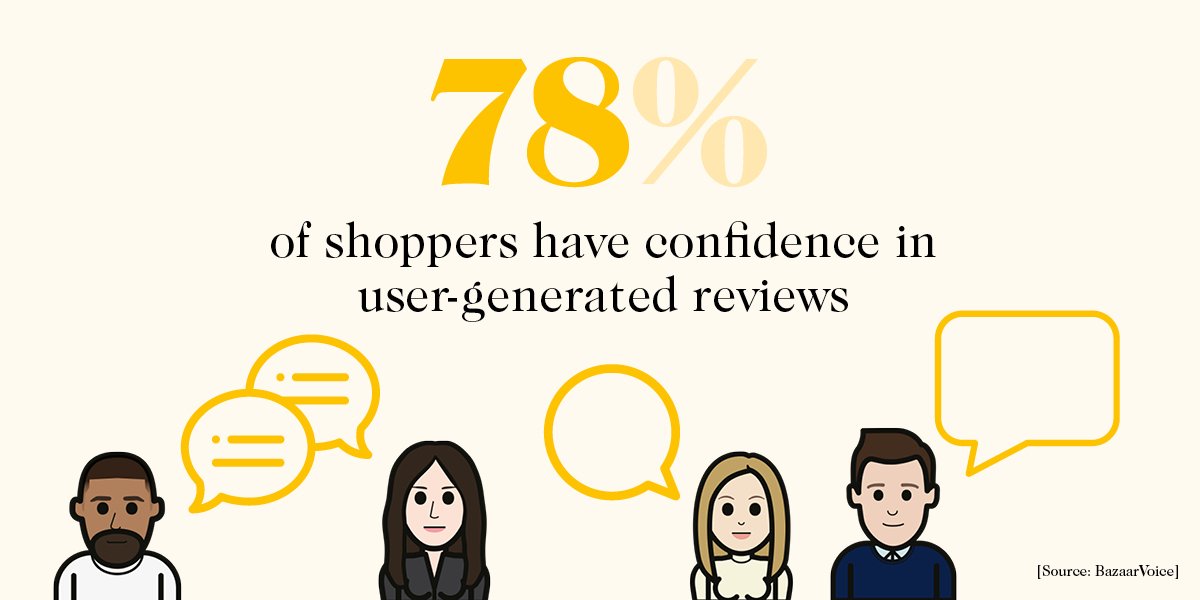
Alongside the growth of e-commerce, consumers are also increasingly turning to the internet to research and read reviews before making their purchase, even if they plan to buy in person. New data from BazaarVoice reveals that 77% of consumers now hold businesses more accountable than ever before, with trust and reputation becoming almost as important as price or convenience.
With the uncertainty of the coronavirus pandemic still at the forefront of consumers' minds, buyers want to feel reassured about their purchases, and to feel confident that the business they’re buying from is trustworthy too. Online reviews are a key way for consumers to seek out this reassurance before committing to buy, and one that they hold a lot of trust in. According to the report from BazaarVoice, 78% of shoppers say they have confidence in user-generated reviews and 39% believe that product reviews are the most important part of an online product page.
Alongside reviews, social media is also having an increasing impact on how people shop, and this has become even more apparent as we all spend more time indoors. According to the Covid-19 edition of the CMO Survey, social media has been crucial to marketing during the pandemic, with social media spending increasing from 13.3% of marketing budgets in February 2020 to 23.2% in June 2020. From targeted advertising, to community engagement and influencer marketing, social media gives brands a multitude of options to help strengthen their brand presence online and increase consumer trust.
A few decades ago we may have asked our friends and neighbours for recommendations, but today we have access to the recommendations and opinions of hundreds, or even thousands, of other buyers on review platforms and across social media. And these opinions can have a powerful impact on our choice to either purchase, or look elsewhere.
For businesses this can be both a powerful tool to take advantage of, or a hindrance that can quickly damage a brand’s reputation. The key here is monitoring and then responding to reviews on services such as Trustpilot, Google Reviews and social media to engage with your community, and build strong relationships with your consumers. Listen to what your customers are saying on social media, encourage and incentivise them to talk about and review your brand on the various platforms, and ensure your online customer service is on par with the in-store experience. Happy customers who feel engaged with your brand offer a competitive advantage and can become a compelling tool for use as part of your wider marketing strategy.
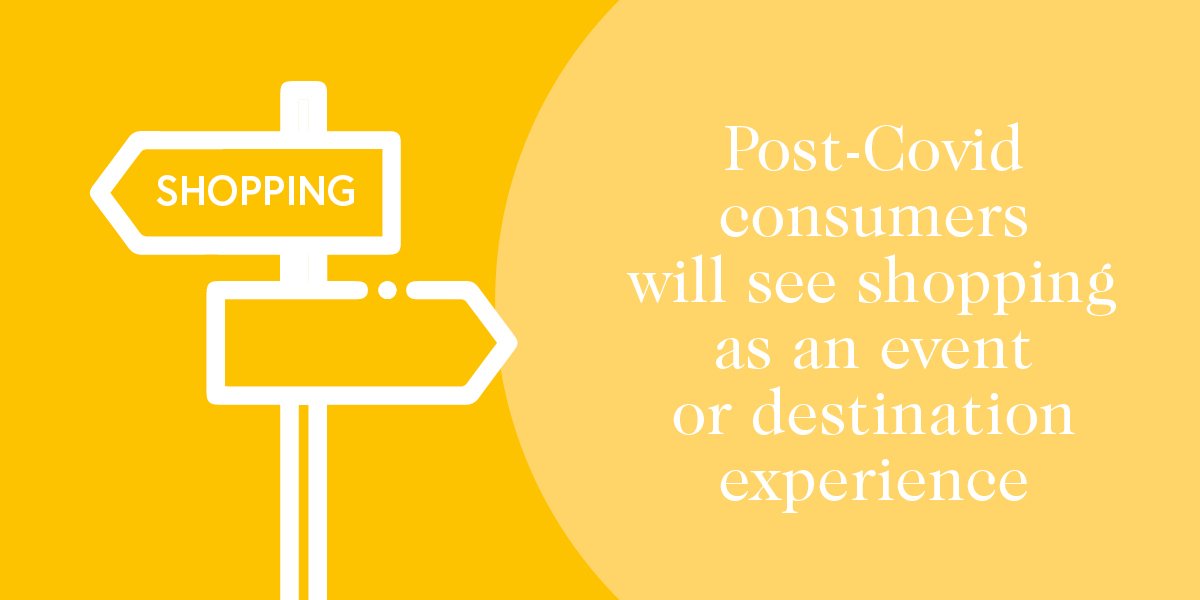
The role of brick-and-mortar stores has slowly been changing over the last few decades, and the pandemic has only served to accelerate this even further. As more people than ever before turn towards the convenience of online shopping, traditional stores will need to evolve in order to keep consumers coming back.
The physical nature of in-person shopping is one of the few areas that e-commerce cannot yet fully recreate or compete with. Customers like to be able to see, touch, and try out items before committing to buy. Whilst the store design, displays, lighting, smells, and presence of other customers and staff adds an extra sensory layer to the in-store browsing experience. This all adds up to create a highly engaging and rewarding experience for the consumer, and this is the key to how brick-and-mortar stores can successfully evolve for the future.
Browsing is an innate human behaviour, and one that we gain much enjoyment from. Lan Xia’s paper ‘An examination of consumer browsing behaviors’ shows us that browsing serves both functional and recreational purposes, and that browsing behaviours can be directly influenced by the retail environment. Smart retailers will want to take advantage of factors such as store layout, levels of crowding and exposure to colours and smell to “offer a higher level of stimulation in order to enhance recreational browsing”.
Post-Covid, it’s expected that consumers are much more likely to see shopping as an event or destination experience. However, even before the pandemic, many brands were already experimenting with large, experiential stores that had been designed specifically with the recreational shopper in mind. Nike’s House of Innovation and IKEA are excellent examples of this model, where consumers are treated to a more immersive and sensory experience. Clever design, interactive displays and excellent customer service encourage shoppers to see browsing as an activity, and this allows them to really immerse themselves within the brand. These showroom style stores can also help bridge the gap between physical and online shopping, by allowing customers to see and touch the products within a space before making their choice or ordering it online later.
Retail stores are simply no longer able to compete with e-commerce when it comes to functionality and convenience. However, their strength lies in being able to offer a more emotive, engaging and layered experience. By making stores more of a destination, retailers can encourage consumers to see shopping in a different way, and turn their stores into somewhere that people actively want to spend their time.
In order to do this, brands will need to take a close and honest look at what purpose their stores currently serve. Investment in consumer research will also be a crucial next step. This knowledge will allow retailers to gain an in-depth understanding of their core customers and how they prefer to shop, and help them to adapt their stores to better suit this new landscape.